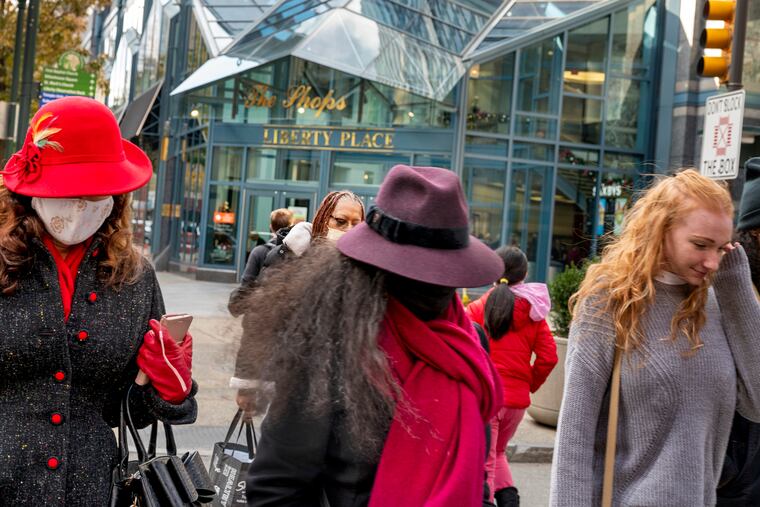Inflation will ease if the pandemic recedes, Moody’s Mark Zandi argues
For the typical American household, the acceleration in inflation is a big blow. But price hikes could taper off if the pandemic can be stopped.

For the typical American household, the acceleration in inflation is a big blow. But price hikes could taper off if the pandemic can be stopped.
